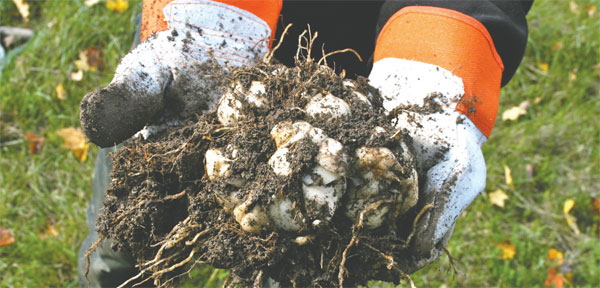Chinese herbs take root in NY
Updated: 2015-05-21 10:35
By Jack Freifelder in New York(China Daily USA)
|
||||||||
|
A farmer shows off some freshly harvested lily bulbs. Lily bulbs are among the hundreds of herbs used by practitioners of Chinese herbal medicine. |
There is little doubt that Chinese herbal medicine - along with acupuncture - is catching on in the US. The increasing numbers of practitioners applying for licenses don't lie. But as with any growing market, the problem becomes supply.
When you go shopping for your ginseng, wolfberry or honeylocust, how can you be sure you're getting the good stuff - or even the real thing?
"The supply, safety and quality of Chinese herbal substances is increasingly problematic," Andrea Elliott, an acupuncturist and herbal medicine practitioner in Hudson, New York.
"Many of the herbs being imported from China can be of poor quality, so on our side we're doing source herbology with an incredible amount of care to make sure we are cultivating safe herbal medicinals for our patients," said Amanda Kreiss, founding director of Chicago-based Inner Ecology.
"The prices are fluctuating wildly and the supply does too," she added.
Jean Giblette, a plant conservator in upstate New York, has been growing and studying several varieties of Chinese medicinal herbs for more than 20 years at High Falls Garden, her farm in Philmont, New York.
Last month, Giblette received a $40,000 grant from the New York Farm Viability Institute (NYFVI) to pursue a one-year project, "Engaging Growers for New York Production of Chinese Medicinal Herbs".
The grant will allow 30 farmers throughout New York State to test and grow herbs used by thousands of certified Chinese herbal medicine practitioners in the state.
"Where Chinese herbal medicine is concerned, we have the added advantage that our plant sets, our flora, in North America and Asia are closely related - the most famous example of this is Asian versus American ginseng," Giblette said.
She said New York could grow approximately 150 species of Chinese medicinal herbs, but for this project, there will be a priority list of about 50 marketable crops, including: licorice root, Chrysanthemum flowers and Korean mint leaves.
"The NYFVI grant is going to be a lever for us in more ways than one, but we have to be very careful and only work with seeds and plant materials that are verified in terms of identity and quality," she said. "So this is an important step in a long process."
Since its establishment in 2005, NYFVI has funded more than 250 projects, directly engaging more than 1,400 individual farms. This year's pool of grants totaled 21 projects and more than $1.5 million in state funding.
"Herbal medicine really addresses a wide variety of complaints, so there's a lot that can be accomplished. It is very well understood in China, but it's less understood here. So it's something that you have to introduce to people," said Elliott.
Giblette explained that Western medicine is symptom-based whereas Chinese herbal medicine has a theoretical model of how the body works optimally.
"It's about human beings broadening out our diet to create optimal function and resistance to disease, so it's really nutrition-oriented," she said.
According to the National Certification Commission for Acupuncture and Oriental Medicine the number of states with license to practice laws is now up to 45 and the number of acupuncturists licensed to practice in the US has increased five-fold over the past 20 years to more than 27,000.
"Now, Chinese herbal medicine is being taught in over 50 graduate colleges here in the United States," Giblette said. "And all of the development of the profession since 1970 has been fueled by out-of-pocket payments by patients."
jackfreifelder@chinadailyusa.com
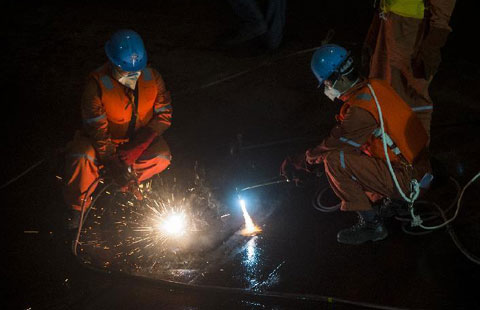
 Rescuers cut into capsized ship in search for survivors
Rescuers cut into capsized ship in search for survivors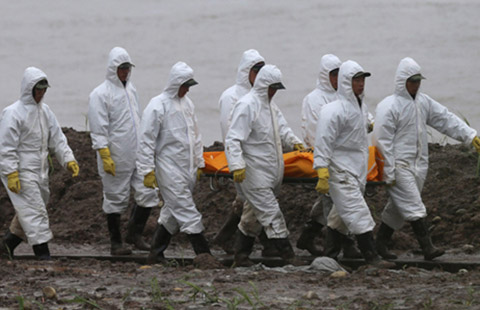
 Search-and-rescue operation enters third day
Search-and-rescue operation enters third day
 Djokovic ends Nadal's remarkable reign in brutal fashion
Djokovic ends Nadal's remarkable reign in brutal fashion
 Highlights of 10 years at Apple's WWDC
Highlights of 10 years at Apple's WWDC
 Rescuers fought bad weather at night
Rescuers fought bad weather at night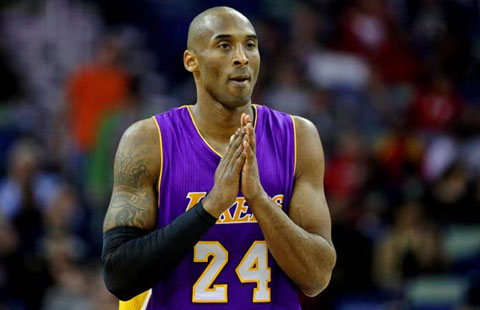
 Kobe Bryant causes a stir on Weibo
Kobe Bryant causes a stir on Weibo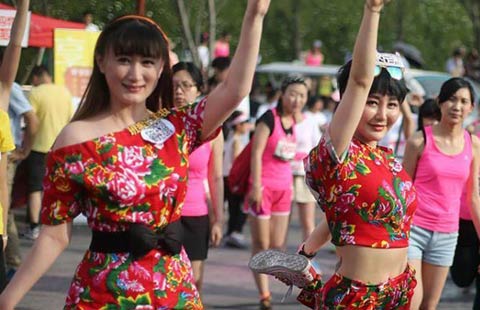
 Ten photos you don't wanna miss - June 3
Ten photos you don't wanna miss - June 3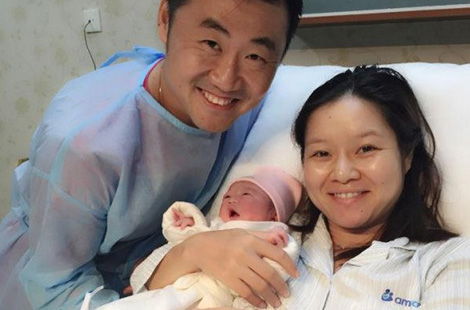
 Li Na gives birth to baby girl
Li Na gives birth to baby girl
Most Viewed
Editor's Picks

|

|

|

|

|

|
Today's Top News
65 bodies found, more than 370 still missing
Ex-FIFA executive detailed bribes in 2013 secret guilty plea
HK economy will suffer if reform fails, tycoon says
Beijing 'shocked' at Nazi comparison by Philippines
Ship disaster in Yangtze River: Roundup of updates
Obama signs bill remaking NSA phone records program
Unconfirmed multiple bomb threats made against flights in US
Where Caitlyn Jenner found her Vanity Fair style inspiration
US Weekly

|

|
